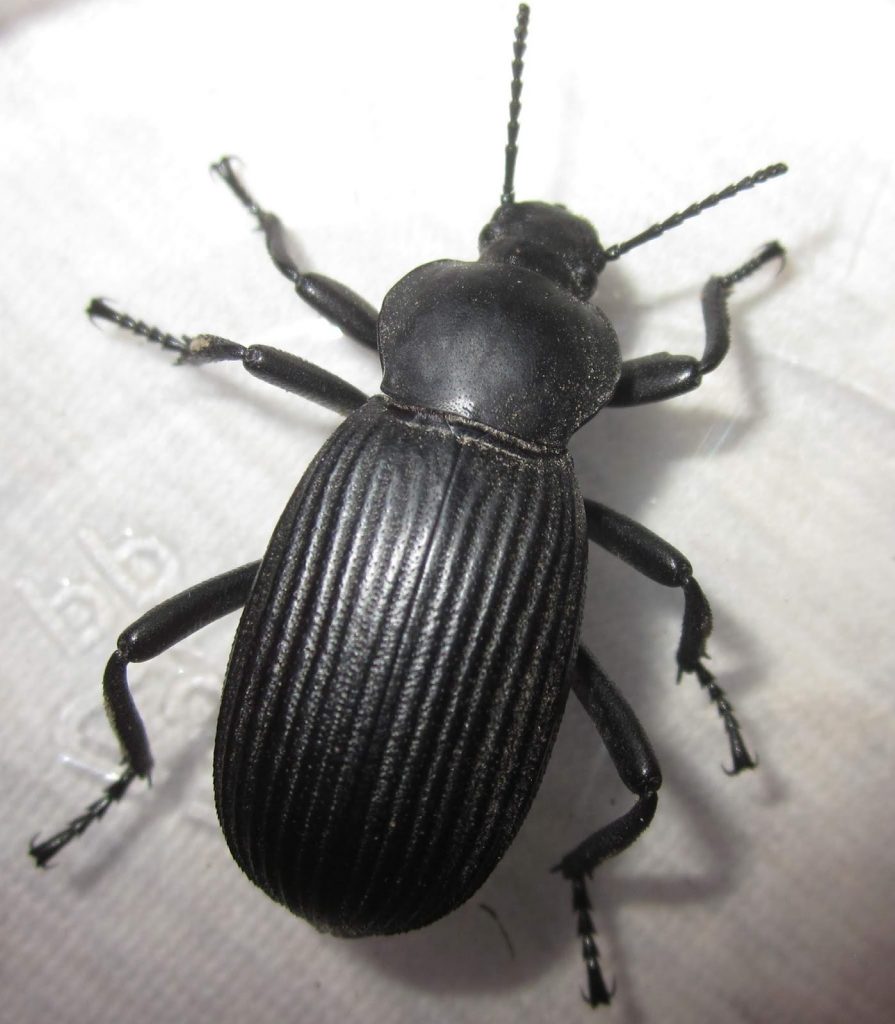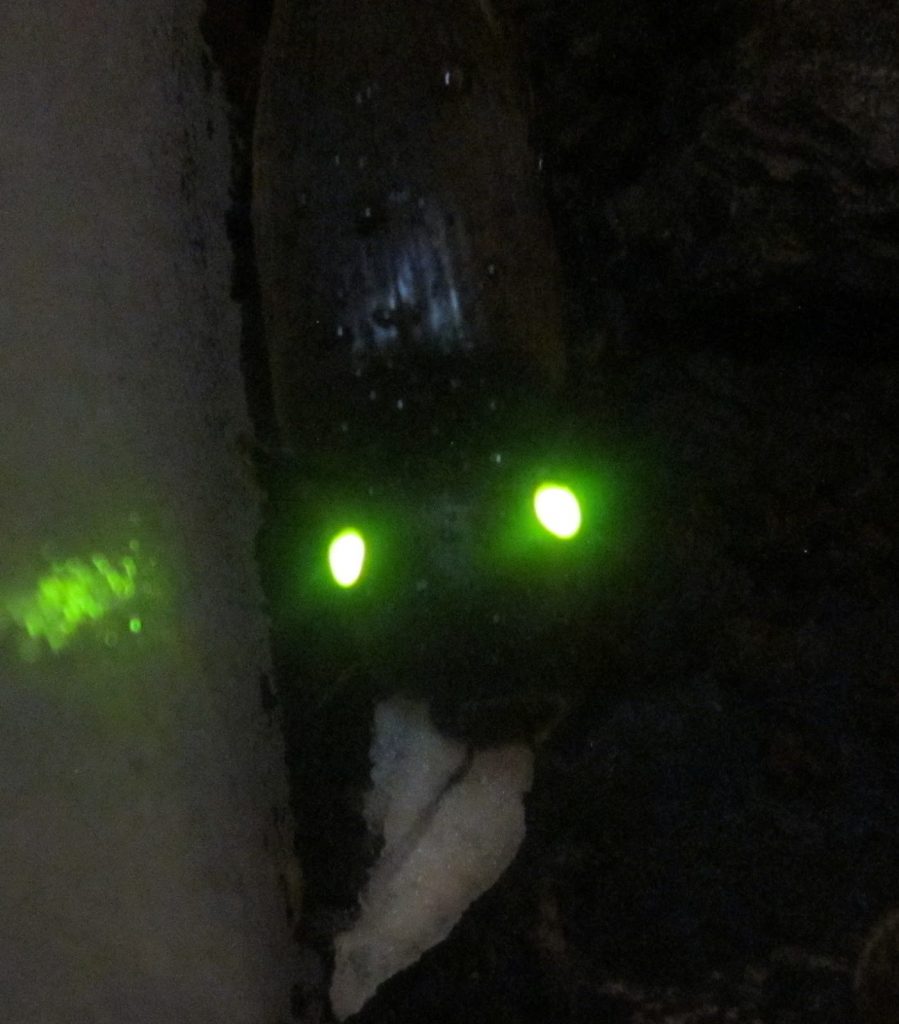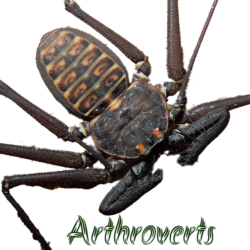Hello all, this time we are jumping tracks in terms of posts, and I am happy to present you my interview with Tristan Shanahan AKA TJ Ombrelle AKA Hisserdude AKA Invertebrate Dude (that’s a mouthful)!
Tristan is one of the premier invertebrate enthusiasts in the US, focusing mainly on roaches, but also with experience in a wide variety of other invertebrates. His blog has served as a source of credible information and experience for more than five years, and, fun fact, was one of the inspirations for this blog itself! Needless to say it was only a matter of time before I would try to get the scoop (so long as he agreed…) on this contributor to the invertebrate hobby.
And so, without further ado, I present to you my interview with Invertebrate Dude and a few photos of his specimens, past and present!
Arthroverts: “How did you get into the hobby?“
Invertebrate Dude: “I’ve always been interested in wildlife, from a very young age, with a particular fascination for animals often perceived as “gross” or “scary” to people, prime examples being cockroaches, snakes, Suriname toads, hagfish, etc. I was always out catching various invertebrates, (roaches were a favorite), sometimes keeping them in jars and such temporarily. I was around 9 years old when my grandfather, (who kept and bred ball pythons and other reptiles), gifted me a male Madagascar hissing cockroach, (a Gromphadorhina hybrid), and I believe that’s what really kick-started my love for keeping invertebrates in captivity long term. Over the next couple years I started getting more males of other hisser species, and then started attempting to keep and breed almost every US native or adventive invertebrate I could find. A few years later I started keeping breeding groups of exotic roaches for the first time, and that’s when I founded my blog. :)”
A: “Over the years as you have detailed your experiences in the hobby on your blog, there has been a noticeable shift in your interest towards roaches; what is it about these insects that so captivates you?“
ID: “To be honest, I’m not really sure, for some reason I’ve always loved animals the world loves to hate, and roaches are one of the most misunderstood insects out there. Periplaneta spp. were also a common sight in the areas I lived as a younger child, and having such large, non-biting insects to catch and handle often probably helped me develop a love for roaches early on. As for keeping them as pets, roaches are pretty easy to maintain, even most of the more difficult ones are relatively simple to set up compared to many other invertebrates, they’re also a very diverse group, and this is reflected in the array of species available in the hobby. I’d say those are the two major drawing factors for roaches that I can’t resist. “

Lanxoblatta rudis nymph, an incredible South American species that precariously exists here in the US in the hands of a few breeders. Easily one of my favorite roach species, I hope to one day acquire them and get them firmly established here, though by that time I hope they already are…

Lanxoblatta rudis adult. The texturing on this species is incredible…
A: “What do you have in your collection currently? Do you think it’ll grow further?“
ID: “I currently have two roach species, (Gyna capucina, Bantua sp. “Namibia”), three darkling beetle species, (Eleodes nigrina, E. obscura, E. sp. subgenus Blapylis), and I have some interesting click beetles on the way as well. I was planning on keeping my collection down to ten species, but I’m not sure if I’ll be able to adhere to that. I definitely won’t be keeping anywhere near 100+ species like I did in the past though, and several of the species I’ll be keeping will be on a temporary basis, just to help get them established in the hobby. “

Gyna capucina specimen, a more finicky species in the genus, and one of the two species of roach Invertebrate Dude is currently keeping. Look at those colors!

Eleodes obscurus, a rare Eleodes species within the hobby.
A: “Do you have a favorite species/genus?“
ID: “Hands down, my favorite genus is Pilema, a weird genus of cockroach that spends most of it’s life in a neat round burrow dug into hardened clay. They may look boring to some people but I absolutely love their weird habits, they’ll eat decaying organic matter around their burrows, and mothers will keep their offspring in their burrows for at least a molt or two, often building up little “chimneys” to accommodate them all. I actually had plans to acquire a Pilema species this year, but unfortunately I may not be able to period, thanks to the pandemic…”
A: “Is their still a “holy grail” species that you’d like to one day acquire?“
ID: “I’d really like to try my hand at Archiblatta hoeveni, they seem like they’d be easy enough to breed if consistently given proper care, just so long as one took into account their solitary and arboreal nature. The closely related Catara rugosicollis would also be nice to work with.”
A: “You have talked quite a bit about the importance of conservation (such as in your post on Platerodrilus sp. beetles), both in captivity and in the wild, of various invertebrates. Where do you see the hobby being in this regard?“
ID: “I see the hobby as potentially being very helpful in the conservation of many species, but also being detrimental to the conservation of others. Some species, particularly of well known and commonly kept orders, can often easily be kept and bred long term in captivity, and if they’re pretty or interesting enough, usually a wide variety of people will want to keep them, thus cementing their place in captive breeding. However, I believe that other, less studied organisms, ones that have traditionally done very poorly in the pet hobby like trilobite beetles and Madagascan pill millipedes, should only be kept by zoos and labs until adequate, repeatable husbandry methodologies can be produced, after which introduction to the pet hobby could potentially be very beneficial. Unfortunately where we stand right now, there is next to no effort from professional labs or institutions to successfully cultivate most invertebrates, so the pet hobby can be hit or miss when it comes to conservation. Sometimes we can save species from extinction or eliminate collection pressure for some species with captive breeding, other times we can actually harm wild populations with excessive collection, which is normally only a problem with species that are extremely difficult to keep or species no one even tries to breed (like Emperor scorpions, Chilean rose hair tarantulas, etc.). In my opinion we should strive to successfully breed as many species as possible, and thus greatly reduce or eliminate the collection of wild individuals of said species. For those that we can’t seem to breed after dozens of tries, giving up and fighting instead for conservation of their wild habitats may be the best course of action.”

Panchlora sp. “White”, another amazing, maddeningly-sensitive species that has also gone the way of Arthopleura in the US…
A: “Where do you see yourself in the future in this hobby?“
ID: “I hope to continue to get enjoyment from this hobby, help establish as many species as possible in captive culture, and be a reliable source of husbandry information for newbies and experienced breeders alike.”

A few of you may recognize this amazing photo capturing the bioluminescent glow from a Pyrophorus noctilucus, a species of elaterid beetle formerly kept by Invertebrate Dude. Truly an incredible specimen. Can’t wait to see what new species of elaterids you are getting Tristan!
A: “Do you see yourself continuing to dial in on roaches or perhaps expanding into other invertebrate groups once again in the future?“
ID: “I think I’ll probably keep honing in on rare roaches for the time being, (I say as I currently have more beetles than roaches), but branching out is bound to happen, I’m sure I’ll be keeping some non-roach oddball inverts in the future, though they will have to be true oddballs or otherwise very remarkable to earn a place in my collection.”

Psytalla horrida adult. Big. Colorful. Expensive.
A: “Finally, do you have any tips for an aspiring blatticulturist like myself?“
ID: “So long as you’re consistent with your care, start out with widely recommended beginner species, and are sure to get husbandry information from not just one, but several trusted sources, there’s almost no limit to the species you should be able to breed in this hobby! Also, pro tip, if something goes wrong and a colony crashes for seemingly no reason, just know that while inbreeding is usually the big bad boogeyman people point their fingers to first, inbreeding’s almost never actually the cause. Pro pro tip, large, prolific springtails and many isopods can actually be as detrimental to roaches as grain mites can, so be careful what you use as cleaner crews.”

Hormetica strumosa adult. A site to behold that alas, is quite rare in the hobby…
Huge thank you to Tristan Shanahan AKA Invertebrate Dude AKA…you know who he is…
Anyway, again, thank you Tristan for sharing your knowledge and photos with us! I greatly appreciate it, and look forward to seeing you continue to share your knowledge, experience, and pictures with us on your blog and elsewhere. If you want to see all of Invertebrate Dude’s content, check out his blog here, his YouTube channel here, and his forum activities here, here, and here.

Surprise L. rudis profile photo!
That’s all for now, catch ya on the flip side, or if I’m not there, look for me outside wherever there is creation and invertebrates!
Thanks,
Arthroverts

